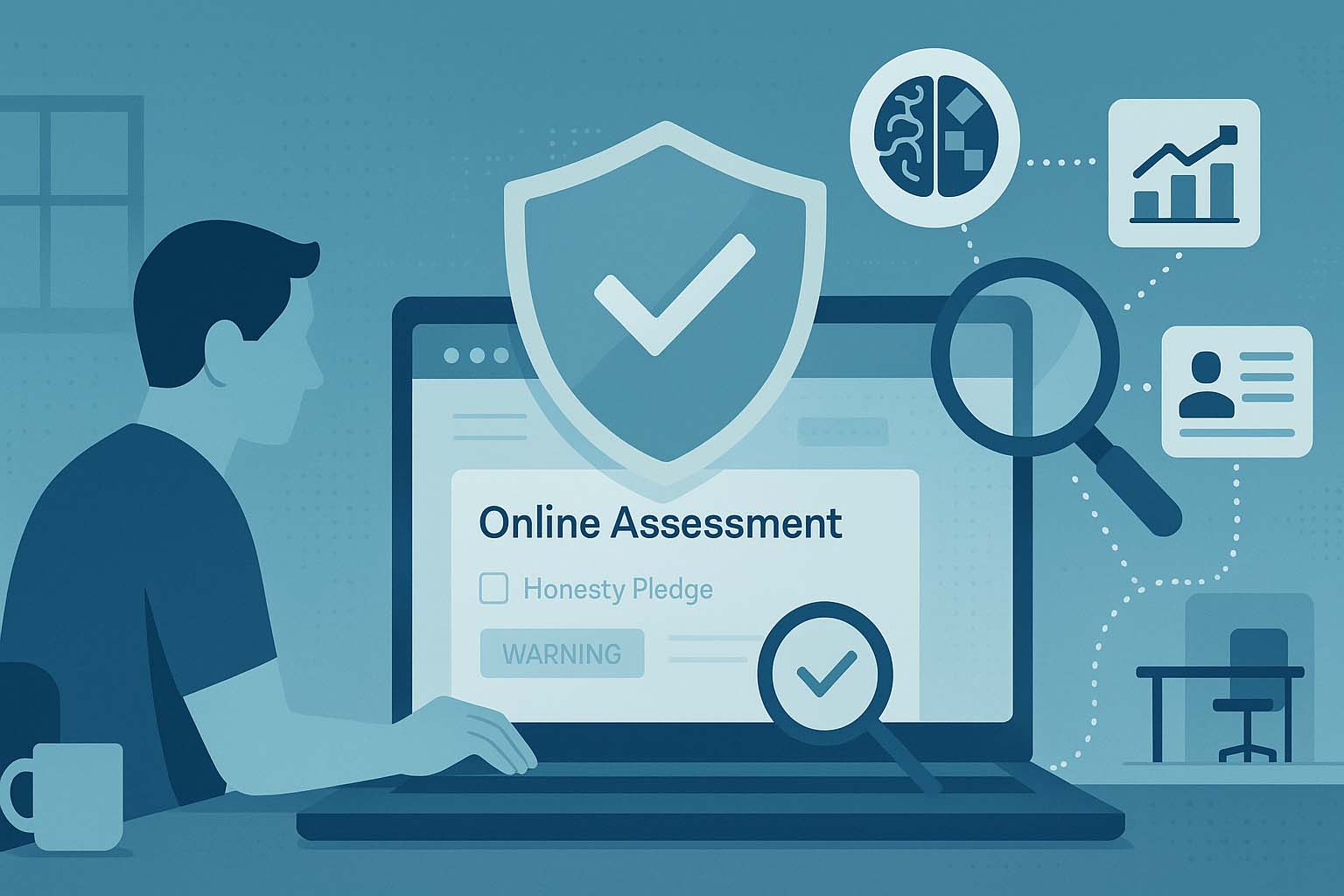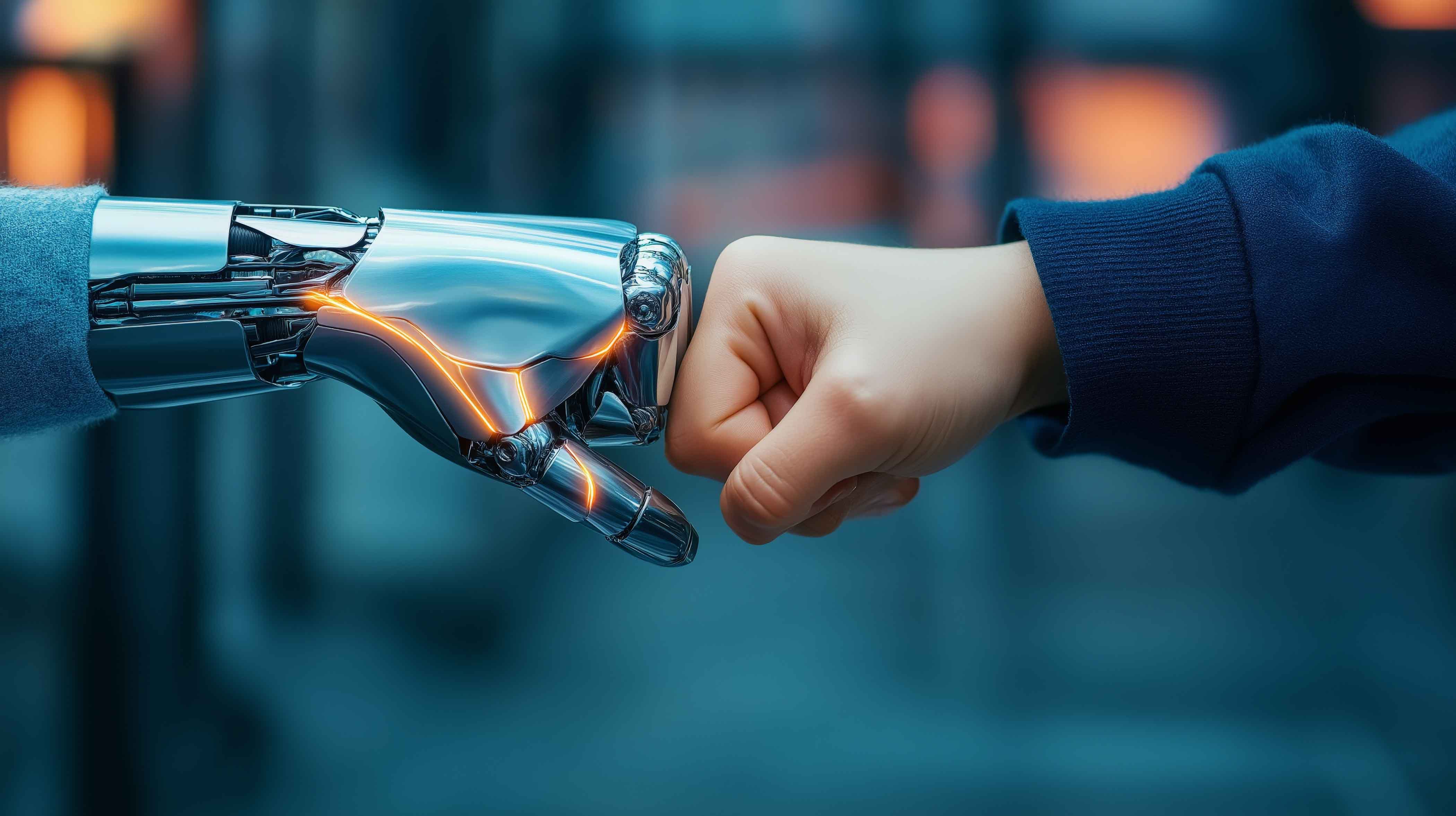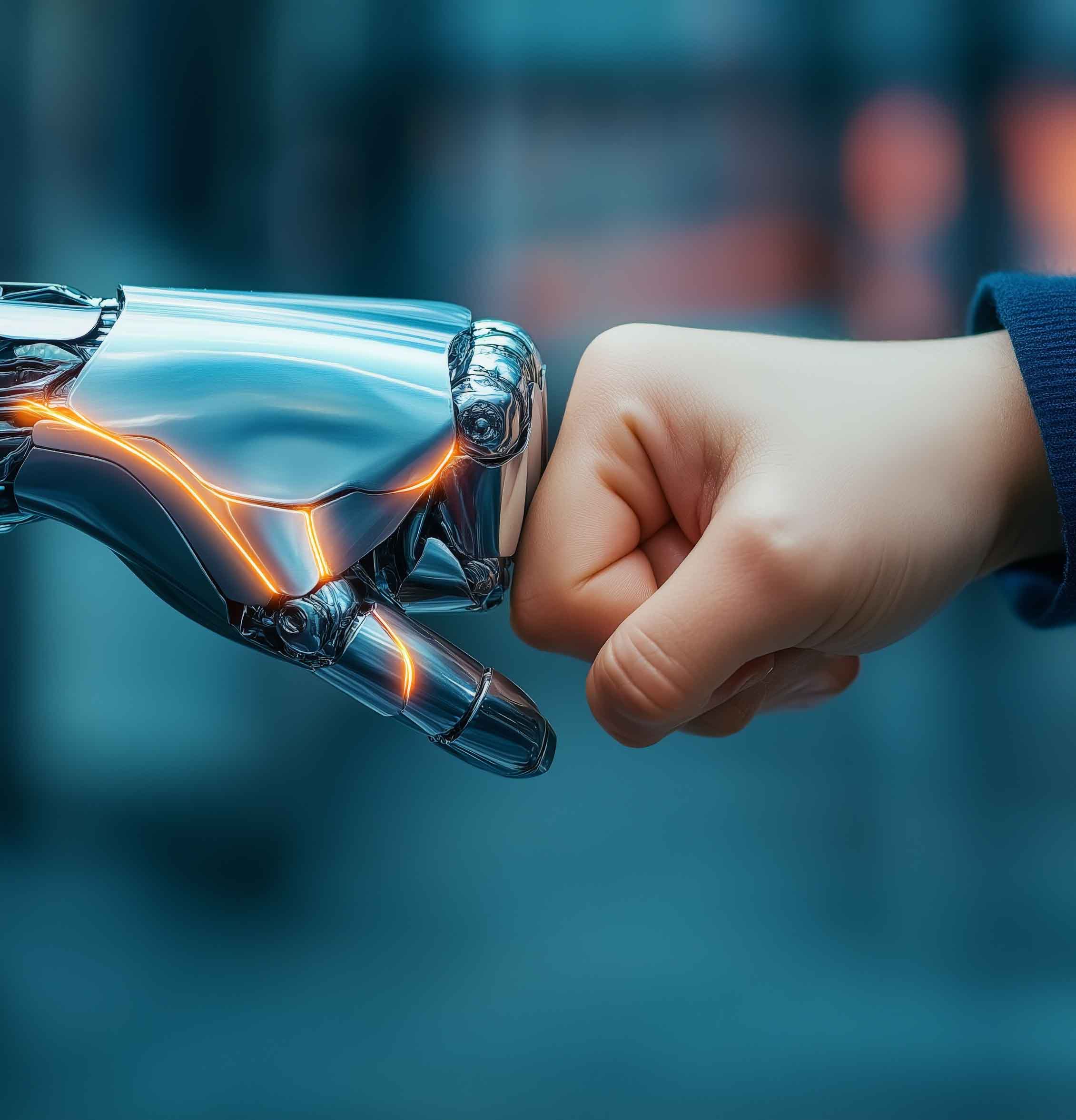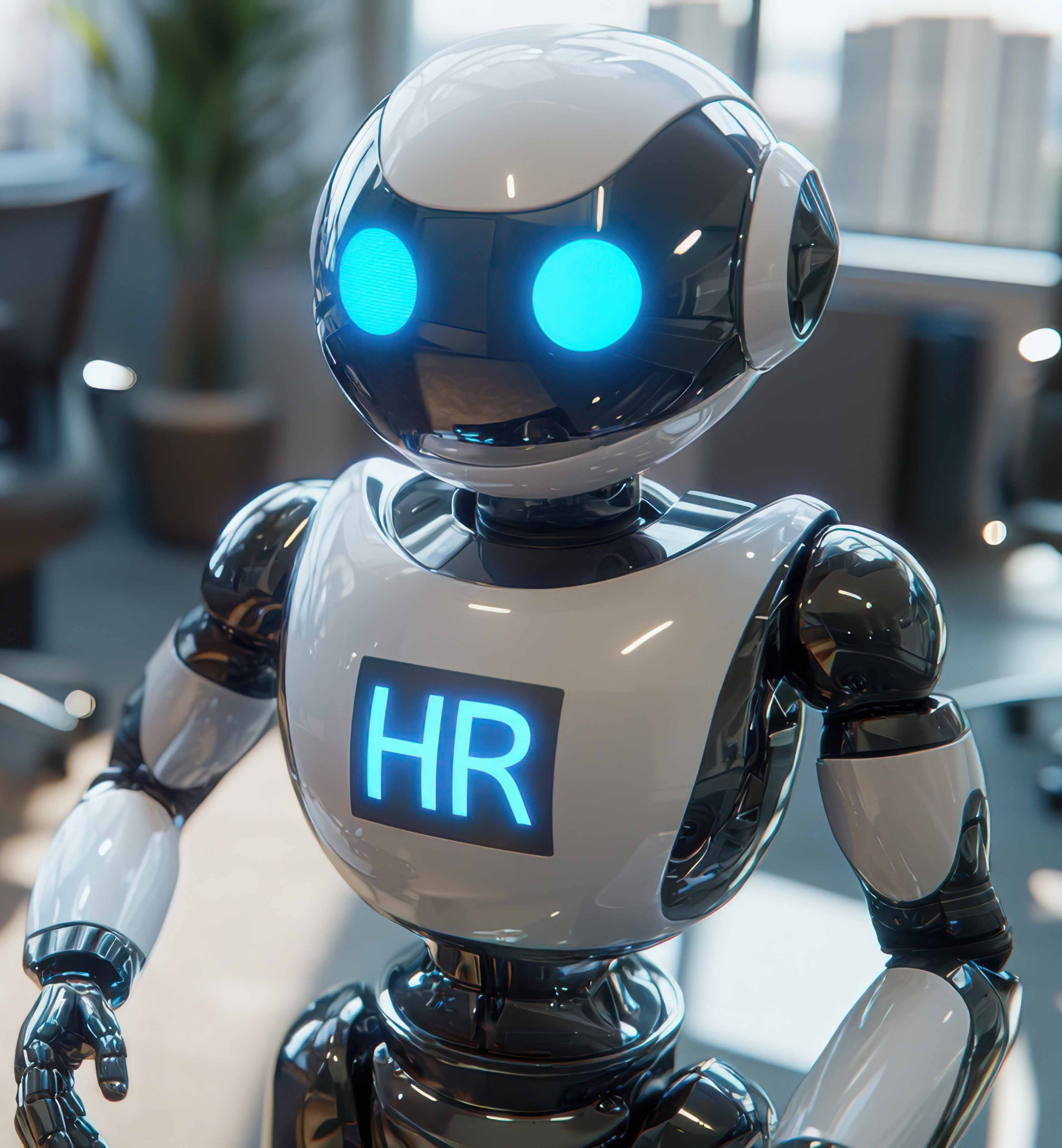The Future of Competency Management: How AI is Transforming Workforce Strategy
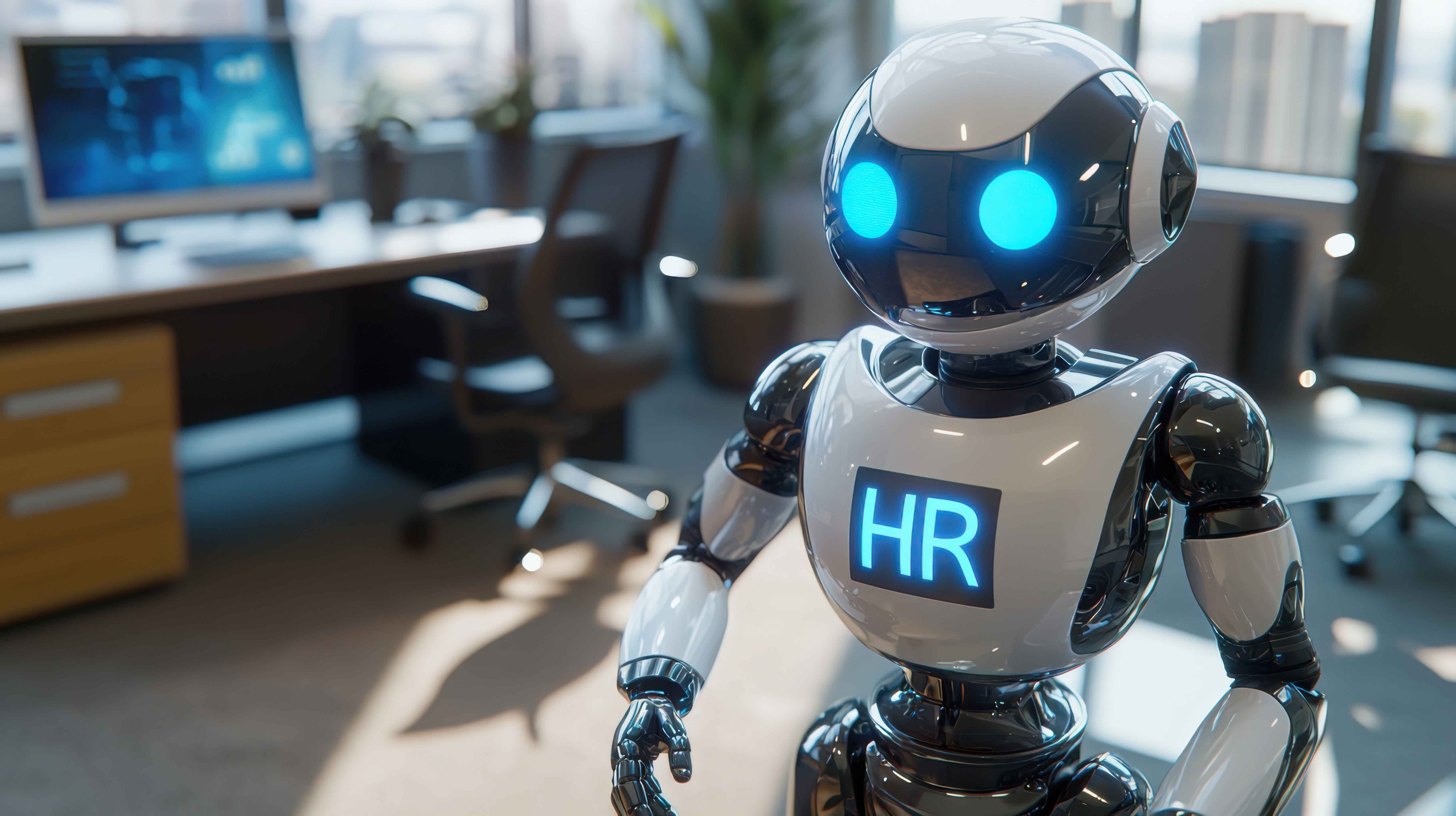
The Future of HR: AI-Driven Competency-Based Management
The traditional frameworks that have governed HR processes for decades—static competency models, rigid job descriptions, and outdated assessments—are no longer sufficient in an era of digital transformation, automation, and artificial intelligence (AI). As organizations face increasing complexity in workforce planning, talent acquisition, and employee development, the need for a more adaptive, data-driven, and real-time approach to competency-based management has never been greater.
At Duco Talent, we are redefining the way HR functions by integrating AI-powered competency frameworks directly into enterprise HR platforms. Through custom AI-driven APIs, we enable real-time, dynamic updates to:
- Competency models tailored to evolving industry needs.
- Job descriptions that adapt to the latest business requirements.
- Interview questions that ensure structured, unbiased candidate assessments.
- Skill validation and performance assessment tools that reflect current organizational demands.
Rather than relying on outdated competency dictionaries and lengthy consulting projects, our system leverages machine learning models, trained and validated by Industrial-Organizational (I/O) psychologists, psychometricians, and subject-matter experts (SMEs), to ensure scientific accuracy and legal defensibility.
This white paper explores:
- The limitations of traditional HR competency models and why static frameworks fail modern organizations.
- The AI-driven solution, detailing how real-time, API-based competency management transforms HR processes.
- The technical foundation, covering machine learning integration, data validation, and system interoperability with platforms like Workday, SAP SuccessFactors, and Oracle Talent Cloud.
- The legal and ethical considerations, ensuring fairness, bias mitigation, and compliance with employment regulations.
- The future of HR-AI technology, outlining emerging trends in automated talent strategy, dynamic workforce planning, and AI-powered decision-making.
1.1 The Inflexibility of Traditional Competency Models
For decades, competency-based management has been a cornerstone of HR strategy, enabling organizations to define the skills, behaviours, and knowledge required for success in specific roles. However, traditional competency models were designed in a static, prescriptive manner, creating significant challenges in today’s fast-paced and technology-driven work environment.
Rigid and Slow to Adapt
Traditional competency frameworks are built around fixed competency libraries, typically developed through extensive job analysis and validation by Subject Matter Experts and HR Consultants. While this method ensures scientific rigor, it also locks organizations into a lengthy process that leaves them with predefined skill sets that become outdated as job roles evolve.
- Technology-Driven Disruptions: As industries undergo rapid technological transformations, job roles are shifting at an unprecedented rate. Competencies that were relevant 2 years ago may no longer apply today, yet most organizations only update their competency frameworks every 3–5 years.
- Failure to Reflect Emerging Skills: New skills—such as AI literacy, data-driven decision-making, and automation management—are reshaping the workforce. However, traditional competency models fail to integrate these skills in real-time, leaving organizations with gaps in their talent strategy.
- Outdated Job Descriptions: Many organizations still rely on predefined, static job descriptions tied to rigid competency frameworks. This results in hiring and promotion decisions based on outdated criteria, preventing companies from securing the talent they truly need.
Manual and Resource-Intensive Updates
Updating a competency framework in traditional HR models is a highly manual and time-consuming process:
- Job analysis and validation: HR teams and I/O psychologists conduct lengthy validation exercises to confirm the relevance of competencies.
- Surveying and workshops: Organizations often engage focus groups, interviews, and surveys with SMEs to realign competencies with business needs.
- Redesign and implementation: Once new competencies are defined, they must be mapped to job roles, training programs, and performance management systems.
Each iteration requires months of effort, making it impossible for organizations to stay ahead of industry shifts. Meanwhile, AI-powered solutions can automatically detect evolving skill trends and update competency models in real-time—a capability traditional models completely lack.
Limited Customization and Organizational Fit
Competency models built with static libraries often fail to reflect the unique needs of an organization. Many companies purchase off-the-shelf competency dictionaries developed by external consultants, which may:
- Lack relevance to specific industries or roles.
- Fail to align with company culture and strategic priorities.
- Be difficult to integrate into HR systems without significant customization.
This lack of adaptability forces HR teams to manually refine competencies, further increasing costs and slowing down workforce planning.
1.2 The Problem with Traditional Competency Models: Misalignment with Business Strategy
Competency models are essential for defining the skills, behaviours, and knowledge required for success in an organization. They provide clear, measurable behavioural indicators that ensure consistency in hiring, performance management, and employee development. However, the biggest challenge today is not the validity of competency models themselves, but their inability to keep pace with rapid business changes.
By the time a traditional competency model is developed, validated, and implemented, business needs, industry trends, and technological advancements have already shifted. This lag creates a misalignment between HR strategy and organizational realities, limiting the effectiveness of talent management efforts.
Competency Models Struggle to Keep Up with Business Change
The business landscape is evolving faster than ever, driven by:
- Technology disruptions (e.g., AI, automation, digital transformation).
- Shifting workforce expectations (e.g., remote work, gig economy).
- Regulatory changes and compliance requirements.
Most competency models are developed through lengthy job analyses, SME workshops, and surveys. While these methods ensure accuracy at the time of creation, they fail to keep up with real-time changes in job roles, market demands, and workforce skills.
- Example: A competency framework built for cybersecurity roles in 2022 may already be outdated by 2024 due to rapid advancements in AI-driven threat detection.
- Example: Retail organizations that developed a customer service competency model in 2019 may find it misaligned with the AI-driven personalization and chatbot technologies that now dominate customer engagement.
Traditional competency models become static snapshots in a world that requires real-time adaptability.
The Challenge of Manual Updates in Competency Models
HR teams recognize the need for competency updates, but the process is too slow, expensive, and resource-intensive.
Traditional Competency Model Update Process:
- Conduct new job analysis with HR, managers, and employees.
- Validate findings through focus groups and SME interviews.
- Align competencies with business strategy and HR processes.
- Train HR teams and employees on updated competency frameworks.
- Implement changes across hiring, training, and performance systems.
This process can take 6–18 months, meaning that by the time the new model is ready, business needs may have changed again.
By contrast, AI-powered competency management:
✔ Monitors job role changes in real time.
✔ Automatically updates competencies based on workforce performance and market trends.
✔ Integrates with existing HR systems (Workday, SAP SuccessFactors, Oracle) to reflect the latest business needs.
This ensures that competency frameworks are continuously aligned with business strategy—without requiring months or years of manual revisions.
Competency Models Must Be Integrated, Not Isolated
One of the biggest challenges organizations face is that competency models are often developed in isolation from core HR functions such as:
- Workforce planning
- Talent acquisition and job descriptions
- Learning and development programs
- Performance management
Because traditional competency models are not dynamically integrated into HR systems, AI tools, and business intelligence platforms, they often fail to influence real-time decision-making.
AI-driven competency models solve this problem by:
✅ Integrating directly into HR platforms, ensuring that job descriptions, assessments, and learning plans are always aligned.
✅ Automatically mapping competencies to real-world job performance, reducing hiring mismatches.
✅ Providing instant updates when new skills or business requirements emerge.
This automation eliminates the inefficiencies of manual competency updates, allowing organizations to maintain continuous alignment between workforce strategy and business objectives.
1.3 The Scalability and Cost Challenges of Competency Management
For large organizations managing hundreds or thousands of roles, maintaining an effective competency model is a complex and resource-intensive task. The scale of competency-based management in enterprise settings presents challenges in implementation, updating, and integration across different HR functions. While competency models provide a structured approach to defining and developing talent, traditional methods struggle to scale efficiently.
Managing Competency Models Across Large Enterprises
Large organizations operate across multiple business units, locations, and job families, each requiring customized competency models. This complexity leads to several challenges:
- Ensuring consistency across different departments and regions while allowing for necessary role-specific variations.
- Keeping competency models updated across thousands of job descriptions, training programs, and performance frameworks.
- Managing compliance with industry regulations and certification requirements, which may vary by geography or business unit.
HR teams often rely on external consultants and manual validation processes to update competency frameworks, which becomes unsustainable at scale. The time and effort required to implement changes mean that updates are often deprioritized or become outdated by the time they are rolled out.
The Hidden Costs of Traditional Competency Management
Organizations invest significant resources in competency-based management, yet inefficiencies in updating and implementation lead to wasted costs. Key cost drivers include:
- Consultant fees for competency validation, which can range from tens to hundreds of thousands of dollars per project.
- HR labor hours spent maintaining competency models, conducting job analyses, and coordinating with SMEs.
- Indirect costs from misaligned hiring, training, and performance management due to outdated competencies.
Despite these investments, many organizations struggle to see a return on their competency models because they fail to keep up with changing workforce needs. AI-driven systems eliminate much of the manual effort required to update competency frameworks, reducing both direct and indirect costs.
Challenges in Integrating Competency Models into HR Systems
Even when organizations develop strong competency models, integration into existing HR technology stacks remains a challenge. Many HR teams still rely on static competency frameworks that exist in spreadsheets or disconnected databases, making it difficult to apply them effectively in hiring, learning, and performance management.
Without integration into platforms like Workday, SAP SuccessFactors, or Oracle Talent Cloud, competency models remain separate from the day-to-day decision-making processes of HR teams and business leaders. AI-powered solutions bridge this gap by:
- Embedding real-time competency updates directly into HR software, ensuring that job descriptions, training programs, and assessments reflect the latest workforce needs.
- Automating skill and competency mapping, reducing the need for manual intervention.
- Providing analytics to track competency utilization and effectiveness across the organization.
This shift from static, manually updated models to AI-driven, continuously evolving competency frameworks allows organizations to scale competency-based management without the inefficiencies and costs of traditional approaches.
1.4 Conclusion: The Need for AI-Driven Competency Evolution
Competency models have long served as the foundation for talent management, providing structured frameworks for hiring, development, and performance evaluation. However, the pace of business change has exposed critical limitations in traditional competency-based management. Organizations today cannot afford to rely on static frameworks that take months or years to update. By the time traditional competency models are developed and implemented, they are already misaligned with evolving business strategies, industry shifts, and technological advancements.
The challenges outlined in this section—rigid and slow-to-update competency models, misalignment with real-world job requirements, and the scalability issues faced by large organizations—demonstrate the urgent need for a more dynamic, real-time approach. The solution is to integrate AI-driven competency management that:
- Continuously adapts competency frameworks based on real-time industry trends and workforce needs.
- Automates updates to ensure job descriptions, training programs, and performance assessments remain aligned with business objectives.
- Seamlessly integrates with enterprise HR platforms, eliminating the inefficiencies of manual competency validation and deployment.
By leveraging AI-powered competency models, organizations can move beyond the limitations of traditional frameworks and create a living, adaptive system that evolves alongside their business. This shift not only reduces costs and administrative burdens but also ensures that competency-based management becomes a truly strategic tool for driving workforce success.
In the next section, we will explore how AI-driven competency management transforms HR processes, detailing the underlying technologies, integration strategies, and real-world applications of this new approach. Let me know if you’d like any refinements before we proceed.


